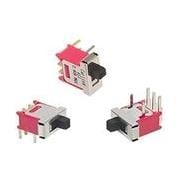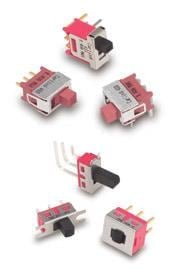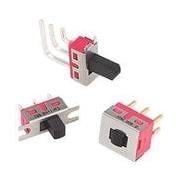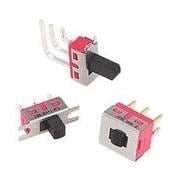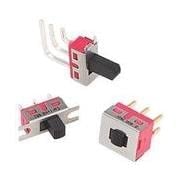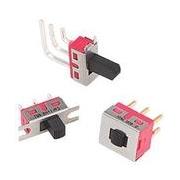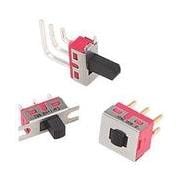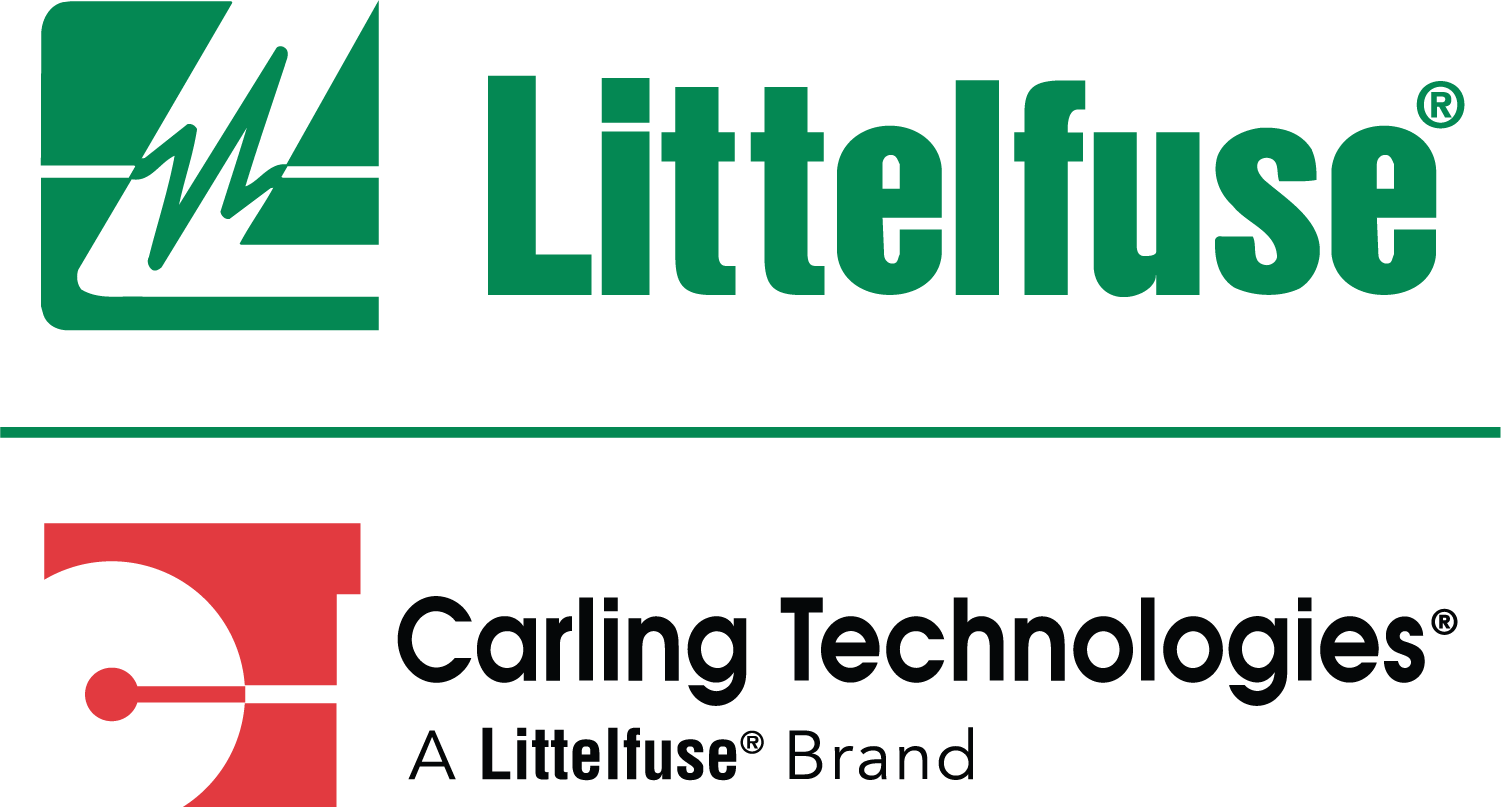
Carling Technologies / Littelfuse
Carling Technologies is a leading global manufacturer of switches, circuit breakers, and other control devices. With a history dating back to 1920, Carling Technologies has built a strong reputation for producing high-quality products that meet the stringent requirements of various industries. The company offers a diverse range of products, including toggle switches, rocker switches, rotary switches, and hydraulic-magnetic circuit breakers. These products are widely used in industries such as automotive, marine, industrial, and telecommunications. Carling Technologies' commitment to innovation and quality is demonstrated through their state-of-the-art manufacturing facilities and rigorous quality control processes. Their products are known for their durability, reliability, and superior performance. With a focus on customer satisfaction, Carling Technologies provides excellent technical support and customization options to meet specific customer needs. As a trusted name in the industry, Carling Technologies continues to be a preferred choice for businesses seeking high-quality control devices for their applications.
Slide Switches
Results:
41
Series
Actuator Length
Termination Style
Current Rating (Amps)
Contact Finish
Mounting Type
Contact Material
Circuit
Voltage Rating - DC
Switch Function
Voltage Rating - AC
Features
Operating Temperature
Actuator Type
Contact Timing
Results remaining:41
Applied Filters:
Carling Technologies / Littelfuse
About Slide Switches
Slide switches are electromechanical devices designed to regulate the flow of current within a circuit path. These devices are actuated by sliding a mechanical switch to establish or interrupt electrical connections. When considering slide switches, several key characteristics come into play, including circuit configuration, contact timing, switch function, current rating, voltage rating (AC or DC), and actuator type.
The circuit configuration refers to the specific arrangement and connectivity of the electrical circuits within the switch, determining how the current flows when the switch is in different positions. Contact timing denotes the precise timing at which the electrical contacts are engaged or disengaged during the sliding motion of the switch.
Switch functions for slide switches encompass a variety of options, such as single-pole, double-throw (SPDT), double-pole, double-throw (DPDT), on-off, or momentary on-off configurations. These functions determine the specific ways in which the switch can control the current flow within a circuit.
Furthermore, slide switches are characterized by their current rating, which indicates the maximum current that the switch can handle safely, and their voltage rating, specifying the maximum voltage (AC or DC) that the switch can accommodate without malfunction.
The actuator type of slide switches encompasses various designs to meet different application needs, including baton, flush, illuminated, plunger for cap, push-pull, recessed, rocker knob, screwdriver slot, snap-on cap, and standard actuators. Each actuator type offers distinct advantages and may be selected based on factors such as space constraints, ease of use, or aesthetic considerations.
In summary, slide switches are crucial components for controlling current flow within electrical circuits. Their selection depends on characteristics such as circuit configuration, contact timing, switch function, current and voltage ratings, and actuator type, with each of these factors playing a significant role in meeting the specific requirements of the intended application.

